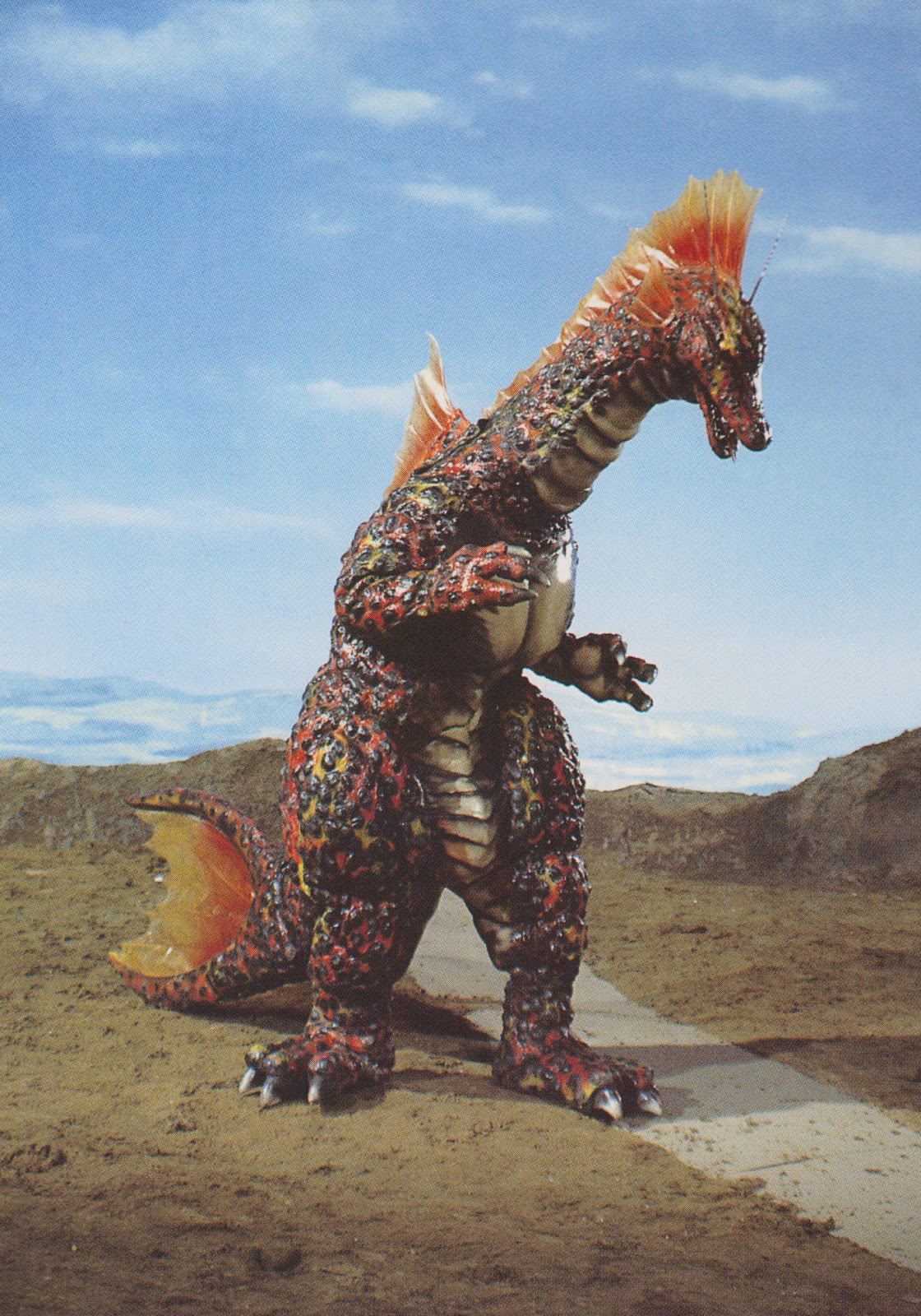Table of Content
The Chromecast with Google TV is priced at £59.99, which puts it closer in reach to the Ultra (£69). In terms of price, the standard version is obviously cheaper, but as you’ll see, the new Chromecast can do much, much more. The omissions of big players in the streaming video industry could hurt adoption a bit up front. We’ve been casting Netflix, Hulu, and Play Movies for years. Google’s omission of it’s own, soon-to-be 4K service seems a bit like a Beta move, to be honest.

The most significant difference between Google's two Chromecast with Google TV options is resolution. While 2020's Chromecast with Google TV can output video in 4K at 60 frames per second, the new Chromecast with Google TV can only manage 1080p in up to 60 frames per second. So if you've got a 4K TV, you'll need to buy the older, $50 Chromecast with Google TV to take advantage of all those pixels. Meanwhile, TVs that top out at 1080p are a good match for the $30 Chromecast with Google TV .
Best overall streamer: Roku Streaming Stick 4K
The Home screen is full of recommendations, as well, which makes it easy to quickly launch movies or TV shows. Chromecast with Google TV does sound confusing, but it actually makes a lot of sense. Google TV devices are essentially Chromecasts because they can receive content you cast in exactly the same way. The only difference is you also have the Google TV interface. The Home tab gives you shortcuts for the things you do most, like playing music or dimming the lights when you want to start a movie.

There is no real need for Google Home to have installed apps, necessarily. It doesn’t have YouTube or Google Play music installed and can begin a casting session just fine. One of the greatest features of Home is the ability to cast content with only your voice, and while there are quite a few things you can do, there are plenty of limitations for the time being. To do this, tap or click the Cast icon in a mobile app or Chrome browser.
Chromecast vs. Fire TV Stick 4K Max: Remote Controls
And this list extends to Google Assistant which is the backbone of the software running on Home. All you have to do is say, “Hey Google, play Uptown Funk from Play Music on (fill in your Chromecast’s name).” That’s it. Additionally, you can tell Google Home to play, pause, stop, turn up or down volume and mute playback.

But don't think that the Chromecast with Google TV lacks any app that the Chromecast 3 does not. The Chromecast with Google TV allows you to also cast any service or device to it from your devices, just as you can with the Chromecast 3. You can even use a Google Home Mini or other Google Assistant-enabled device to initiate playback through a Chromecast Audio. Having Google Assistant built-in makes the Home Mini a stand-alone device.
Chromecast vs Chromecast with Google TV — Price
HDR10+ uses dynamic metadata so that each frame can have its own settings for contrast, brightness, and colors, which results in lifelike images. Meanwhile, the Chromecast 3 doesn't have apps in the traditional sense. It just relies on the thousands (Google doesn't specify) of streaming services whose apps have Chromecast support, which you operate via your phone.
Volume is the quantity of three-dimensional space enclosed by the product's chassis or, in simpler terms, the space the product occupies. The remote control is rechargeable, so you don't have to worry about replacing the batteries. Newer versions of HDMI support higher bandwidth, which allows for higher resolutions and frame rates.
Google Home
I ended up having to revert back to my Gosund app to set up routines instead. I also have to retrain my voice model every couple days. I was ready to set up full automation in my home with Google home in mind, but this leaves me with much uncertainty and unable to proceed until I find a better way.

At this writing, however, the Chromecast with Google TV is $50, making that price gap a lot smaller. A Chromecast is a simple, affordable way to convert any TV with an HDMI port into a smart TV. Many people use Chromecasts in a secondary input to supplement a cable box.
Wi-Fi 6, released in 2019, is based on the IEEE 802.11ax wireless LAN standard. Designed to operate in all frequency bands between 1 and 6 GHz, it offers higher data rates and lower latency compared to previous Wi-Fi technologies. Random-access memory is a form of volatile memory used to store working data and machine code currently in use. It is a quick-access, temporary virtual storage that can be read and changed in any order, thus enabling fast data processing.
The Chromecast with Google TV simply does a lot more than its little brother. From the Google TV menus, you'll be able to search for content , and the Google TV menus have a content-forward design that helps surface TV shows and movies from all of your services. Google TV is better if you prefer a more “lean-back” experience because you can browse through your services with a remote.
Therefore I think it’s necessary to write this article to help all those who, just like me, can’t seem to figure out if the two are the same or if they’re different after all. Today, we have millions of users a month from around the world, and assess more than 1,000 products a year. We’ll have to wait until we test the new Chromecast to be sure, but on paper it’s an easy win for the new Chromecast streamer. There is of course other Chromecast dongles available for sale, including the Ultra version that’s currently OOS at a number of stores and the cheaper, standard Chromecast dongle. Get instant access to breaking news, the hottest reviews, great deals and helpful tips.
Others are trying to spend as little time on their phone as possible, as it can get distracting while you watch TV. The Chromecast with Google TV also features the same Ambient Mode background visuals that Chromecast users have loved for years. For ports, both plug into your TV with their HDMI-out, while the Chromecast 3 connects to its power adapter via microUSB and the Chromecast with Google TV has a USB-C port for its cable. The Chromecast with Google TV tops out at 4K UHD video at 60 frames per second, beating the Chromecast 3 (1080p @ 60fps) handily. It's also got support for Dolby Vision, HDR10 and HDR10+, for darker black tones and brighter colors — none of which you get with the Chromecast 3. As we'll get to below, that may still be more worth it for some people, given the Chromecast with Google TV offers 4K output and its own physical remote.


No comments:
Post a Comment